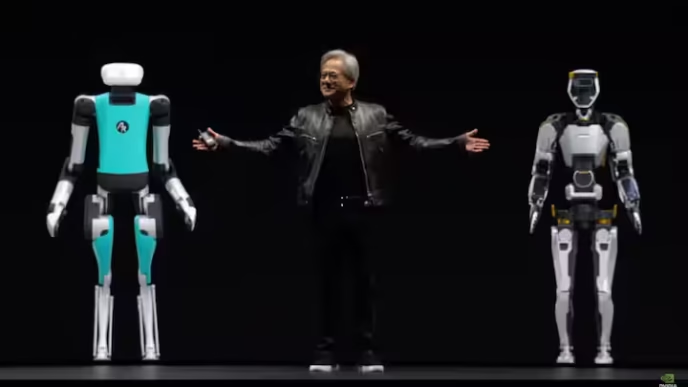The recent launch of DeepSeek has sparked widespread excitement and generated numerous headlines. While this latest advancement in Generative AI is undeniably impressive, it also encapsulates the broader state of AI today—fascinating, full of potential, yet possibly overhyped.
One factor influencing AI’s reception could be generational experience. Baby boomers, who pioneered the IT workforce, learned early on that business technology required cost-justification and robust ROI cases. Due to high costs and complexities, IT projects had to be carefully aligned with business needs and backed by key stakeholders.
Contrast that with today’s tech-driven landscape, where IT is a dominant force, Fortune 50 companies are led by major tech brands, and software margins continue to amaze other industries. While Silicon Valley and venture capitalists chase the next big AI breakthrough, corporate IT teams must maintain a more measured approach, grounded in pragmatism and strategic evaluation.
AI’s Role in Business: Hype vs. Reality
AI is not new—it traces back to the mid-20th century. Despite its long history, its real-world impact on business has been moderate at best. The rise of AI-powered tools like ChatGPT has propelled the technology into the mainstream, but challenges persist, including high deployment costs, extensive computing power requirements, and questionable response accuracy. Moreover, concerns surrounding legal liability, copyright, and ethical AI usage remain unresolved.
Striking a Balance: AI’s Business Case
The key to successful AI adoption is balancing optimism and experimentation with realistic expectations. Instead of embracing AI simply because it’s trendy, businesses should begin with fundamental questions:
- How does AI align with our mission and strategic goals?
- What are our biggest opportunities and risks?
- How can AI solve specific business challenges?
AI shines in areas where humans struggle, such as massive computation, pattern recognition, and trend analysis. It doesn’t suffer from fatigue or human bias, making it a valuable tool for automation and predictive analytics. AI also excels at generating creative content—producing images, music, videos, and even poetry. However, it still lacks a big-picture perspective, human caution, and real-world experience.
Where AI Works—and Where It Struggles
AI’s best use cases today lie at the edges of business operations, where it streamlines tasks that require high-volume processing but minimal critical thinking:
- Chatbots and AI agents handle predictable customer inquiries.
- Robotic process automation (RPA) accelerates mundane tasks like credit card processing and expense claims.
- Conversational AI continues to evolve, enhancing user experiences in customer service and enterprise applications.
Yet, AI still struggles in grey areas, particularly in decision-making that requires judgment, context, and adaptability. While AI will become better at anticipating needs and optimizing workflows, it remains far from replacing human leadership. Robot CEOs aren’t on the horizon just yet, and AI-driven decisions must always be overseen by human leaders.
The path forward requires careful AI adoption, guided by sensible budgets, measured expectations, and responsible deployment strategies. Businesses should evaluate AI solutions using traditional principles—considering their applicability, cost-efficiency, and potential risks.
DeepSeek’s tagline, “Into the Unknown,” serves as a fitting reminder. While AI holds vast potential, we must navigate its evolution thoughtfully, balancing optimism with scrutiny to avoid getting lost in an uncharted technological landscape.













